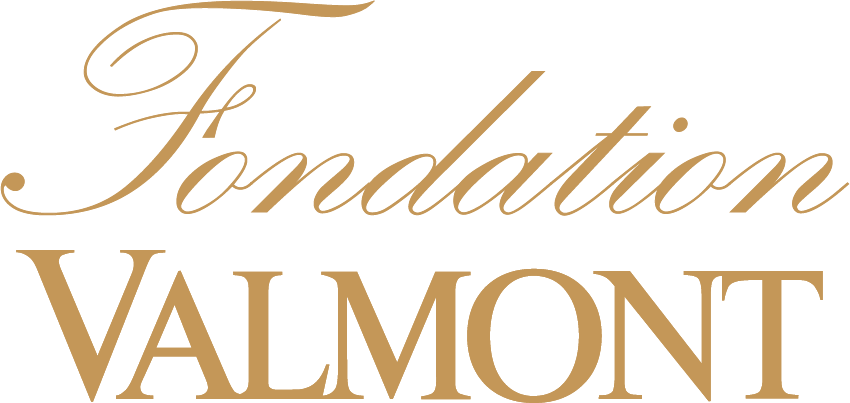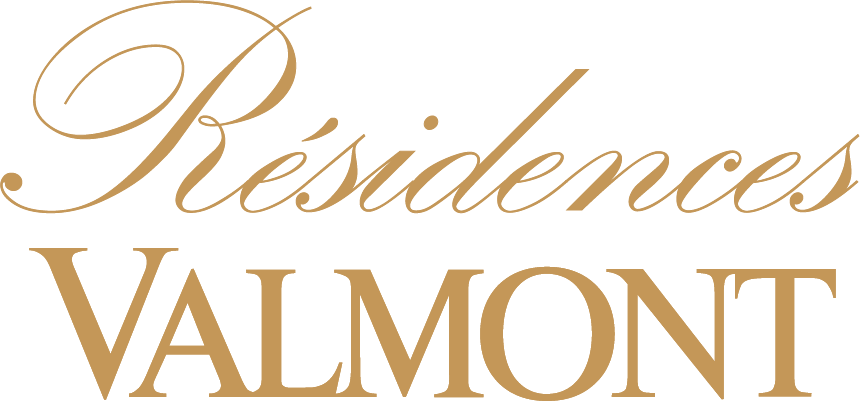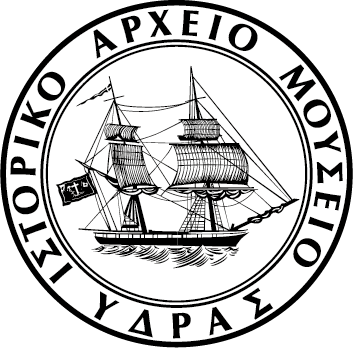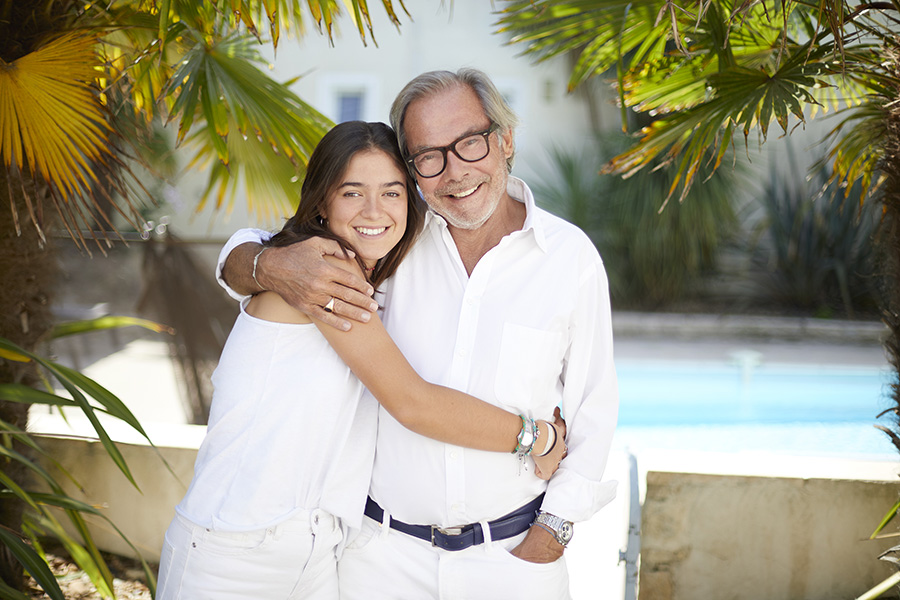The island that does not exist is a non-place, in which different environments interpenetrate and the various characters who live there confront each other. The prairies where the Indians live extend seamlessly to the tropical bay where the pirate ship is moored and the mermaids swim. The temperate woods where Peter Pan’s children sleep in underground burrows extend to the peaks of high mountains. The cycles of nature regulate everything, the rituals of different social groups and their relationships. This imaginary world, like the real one, is pervaded by con-flict and disorder, which find a counterweight only in the beauty and regularity of nature. In Blessing in Disguise, Didier Guillon, in collaboration with Valentine Guillon, recom-poses this duality through a video montage of old black and white images of past con-flicts, using in particular the iconographic repertoire of the Vietnam War, alongside time-lapse shots of the blossoming of brightly coloured flowers. Metaphorically alluding to the imagery of Flower Power, a hippie coun-terculture movement, born in opposition to the violence of war and traditional values in the 1960s and 1970s, Didier and Valentine
Guillon identify nature, in its beauty and creative strength, as the tool through which to build an earthly “paradise” to counter the unreason-ableness and brutality of conflict. The artist does not flee to a non-existent island but, through his work, helps to imagine and build possible new real worlds.
Born as one of the four installations presented for the international exhibition Peter Pan. La nécessité du rêve on show at Fondation Valmont HQ, Palazzo Bonvicini in Venice, until February 26th 2023, Blessing in Disguise takes his independence and flies to its mother-land, Hydra, where the original concept was born.
Το νησί που δεν υπάρχει είναι ένας μη-τόπος, όπου διαφορετικά περιβάλλοντα διεισδύουν το ένα στο άλλο και οι διάφοροι χαρακτήρες που ζουν εκεί έρχονται αντιμέτωποι ο ένας με τον άλλον. Τα λιβάδια όπου ζουν οι Ινδιάνοι εκτείνονται απρόσκοπτα ως τον τροπικό κόλπο, όπου είναι αραγμένο το πειρατικό καράβι και οι γοργόνες κολυμπούν. Το εύκρατο δάσος, όπου τα παιδιά του Πίτερ Παν κοιμούνται σε λαγούμια, εκτείνεται ως τις κορυφές ψηλών βουνών. Οι κύκλοι της φύσης ρυθμίζουν τα πάντα, τις τελετουργίες διαφορετικών κοινωνικών ομάδων και τις σχέσεις τους. Ο φανταστικός αυτός κόσμος, όπως και ο πραγματικός, χαρακτηρίζεται από συγκρούσεις και αταξία· το μόνο αντίβαρο είναι η ομορφιά και η ομαλότητα της φύσης. Στο έργο Blessing in Disguise, ο Didier Guillon, σε συνεργασία με τη Valentine Guillon, ανασυνθέτει αυτήν τη δυϊκότητα μέσω ενός μοντάζ βίντεο με παλιές ασπρόμαυρες εικόνες από συγκρούσεις του παρελθόντος, χρησιμοποιώντας συγκεκριμένα το εικονογραφικό ρεπερτόριο του πολέμου του Βιετνάμ, μαζί με λήψεις βαθμιαίας παρέλευσης χρόνου (time-lapse) της άνθησης λουλουδιών με φωτεινά χρώματα. Ο Didier και η Valentine Guillon κάνουν μια έμμεση, μεταφορική αναφορά στον συμβολισμό της Δύναμης των Λουλουδιών (Flower Power) –του αντισυμβατικού κινήματος των χίπις που γεννήθηκε τις δεκαετίες του 1960 και 1970 και τασσόταν κατά της βίας του πολέμου και των παραδοσιακών αξιών– και αναδεικνύουν τη φύση, και συγκεκριμένα την ομορφιά και τη δημιουργική της δύναμη, ως το μέσο για τη δημιουργία ενός επίγειου «παράδεισου» και την απάντηση στον παραλογισμό και στη βαρβαρότητα των συγκρούσεων. Ο καλλιτέχνης δεν δραπετεύει σε ένα μη υπαρκτό νησί. Αντίθετα, μέσω του έργου του, συμβάλλει στη σύλληψη και στη δημιουργία πιθανών νέων πραγματικών κόσμων.
Το έργο Blessing in Disguise είναι μια από τις τέσσερις εγκαταστάσεις που παρουσιάζονται στο πλαίσιο της διεθνούς έκθεσης Peter Pan. La nécessité du rêve, η οποία λαμβάνει χώρα στον χώρο του Ιδρύματος Valmont (Fondation Valmont), στο Palazzo Bonvicini, στη Βενετία, έως τις 26 Φεβρουαρίου 2023. Η εγκατάσταση αντικατοπτρίζει την ανεξαρτησία του καλλιτέχνη και μεταφέρεται στην πατρίδα της, την Ύδρα, όπου γεννήθηκε η αρχική ιδέα.



